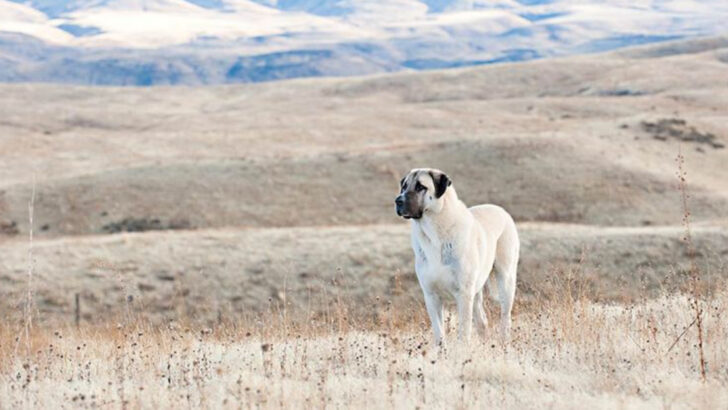Anatolian Shepherds are remarkable guardian dogs with a history that stretches back thousands of years. Known for their loyalty, independence, and protective instincts, these dogs have unique traits and behaviors that make them exceptional livestock guardians. From their ancient origins to their modern-day roles in conservation, here are 14 surprising facts about Anatolian Shepherds that even seasoned ranchers might find intriguing.
They’ve Been Guarding Livestock for Over 6,000 Years
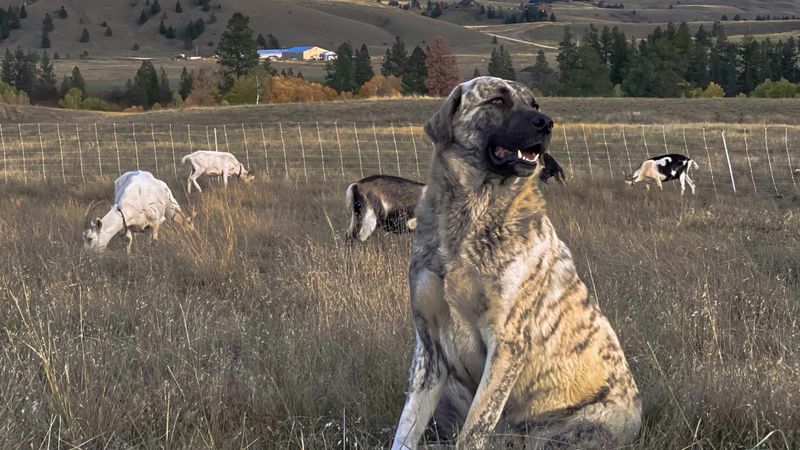
The Anatolian Shepherd’s lineage traces back over 6,000 years to the Anatolia region of modern-day Turkey. Bred by nomadic herders, these dogs have been essential in protecting livestock from predators like wolves and bears. Their ancient history reflects a bond between dog and human built on trust and necessity. This enduring relationship has shaped their character, making them steadfast guardians. With a sturdy build and keen senses, they were the perfect companions for herders long before modern conveniences like fencing or firearms existed. Their historical role continues to influence their behavior today, making them timeless protectors.
They Bond With the Herd—Not the Human
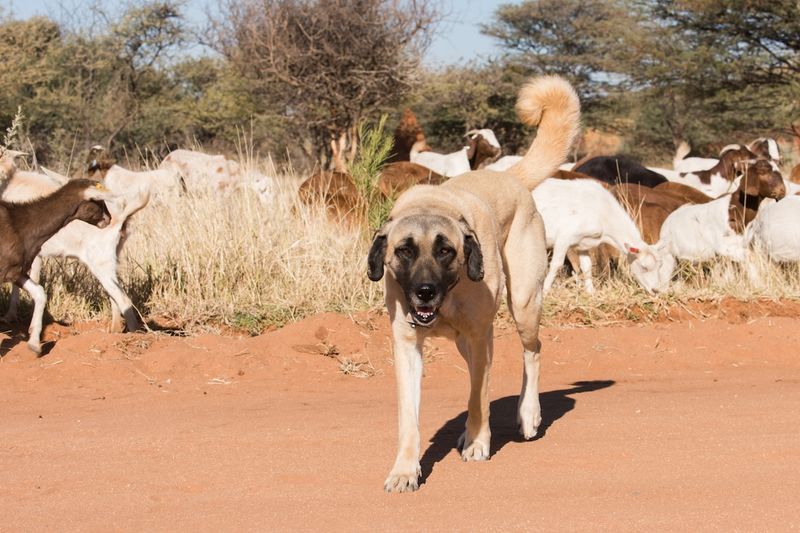
Anatolian Shepherds form unique bonds not with humans but with the livestock they are tasked to protect. This strong connection means they see the herd as their “pack.” Such a trait ensures they remain ever vigilant, prioritizing the safety of the animals over human interaction. This behavior can be surprising for new handlers expecting a typical pet-like relationship. Their loyalty is directed towards the herd, which is key to their effectiveness as guardians. By immersing themselves with the animals, they become an integral part of the herd’s social structure, enhancing their protective instincts.
They Work Best With Minimal Human Contact
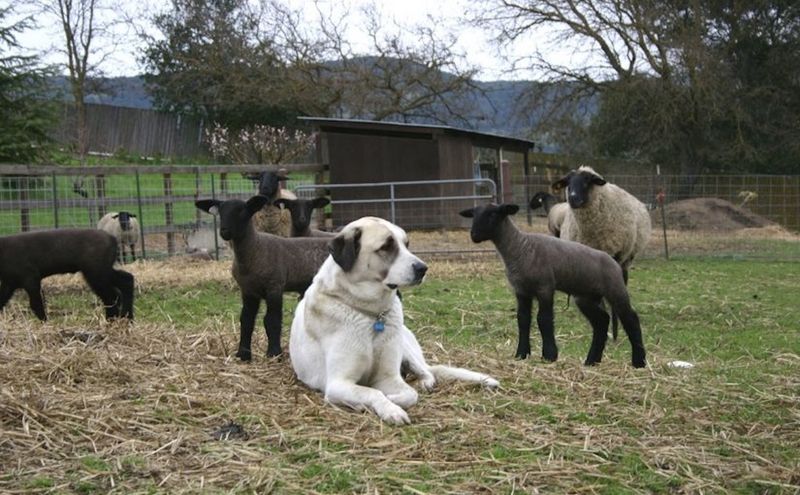
Anatolian Shepherds thrive on independence and minimal human interaction. These dogs are designed to work autonomously, making decisions without constant guidance. Too much handling or traditional training can confuse them, reducing their confidence in the field. This independence allows them to manage threats effectively, relying on their instincts rather than human commands. Ranchers value this trait, allowing the dogs to monitor large areas without interference. Their self-reliant nature is an asset, enabling them to adapt to various challenges without needing a handler’s presence, ensuring the herd’s safety.
They Can Fight Off Wolves and Win
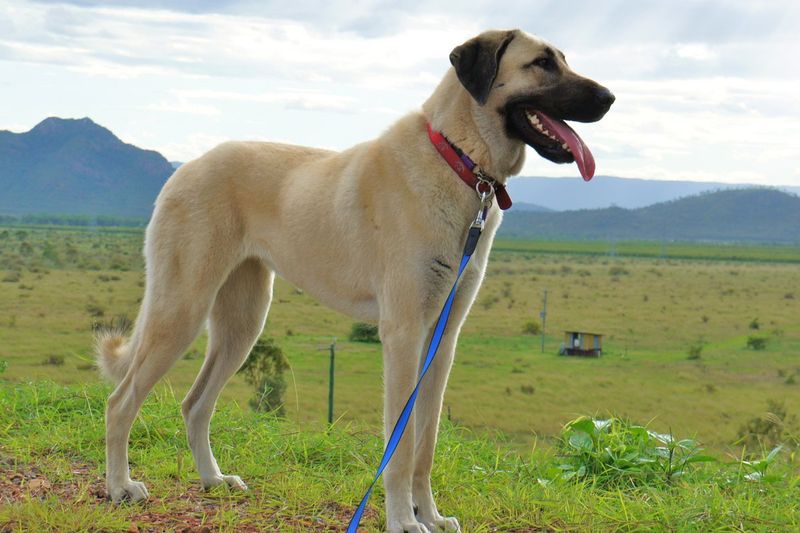
With strong jaws and a courageous spirit, Anatolian Shepherds are not just for show. They possess the ability to confront wolves, using their strength and bravery to protect their flock. When danger looms, these dogs won’t hesitate to engage, ensuring the safety of the livestock. Their reputation as fierce protectors is well-earned, with documented cases of them successfully deterring wolf attacks. This tenacity makes them invaluable in regions where large predators are a threat. Their protective instincts are deeply ingrained, making them formidable opponents against even the most daunting adversaries.
They Can Sense a Threat Long Before You Do
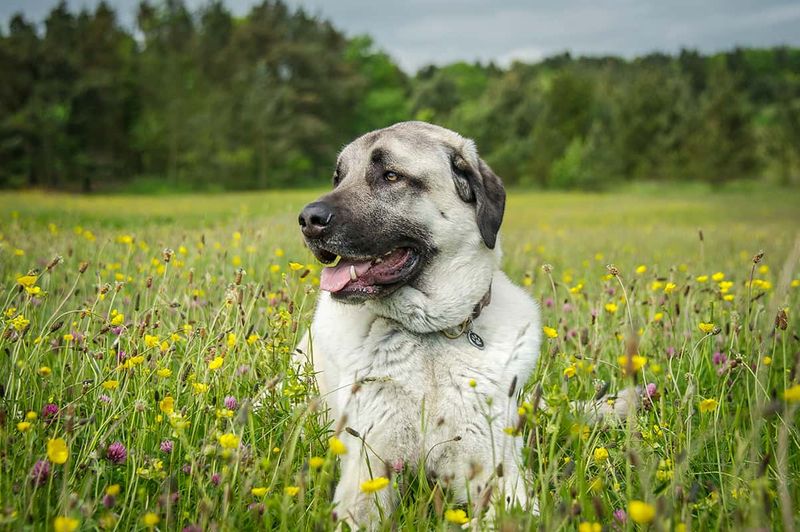
Anatolian Shepherds possess incredibly sharp senses, enabling them to detect threats long before humans. These dogs can pick up subtle changes in animal behavior, strange scents, or distant movements, acting on these cues to protect the herd. Their heightened awareness allows them to anticipate danger and respond promptly, often before humans even realize something’s amiss. This sixth sense is a crucial aspect of their role as guardians. By relying on their instincts, Anatolian Shepherds provide a first line of defense, preventing potential threats from escalating into full-scale attacks.
They Don’t Chase—They Block and Intimidate
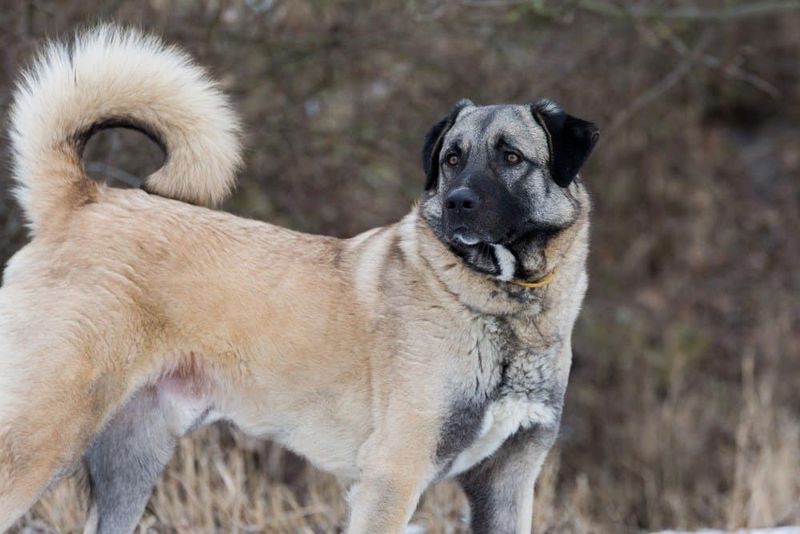
In the face of danger, Anatolian Shepherds employ a unique strategy: block and intimidate. Unlike herding or hunting breeds, they don’t chase threats but instead place themselves between the danger and the herd. Their imposing presence and confident posture often serve to defuse potential threats. Eye contact and body language are their primary tools, using these to signal their readiness to defend. This methodical approach to protection makes them effective guardians, ensuring the herd remains safe. Their ability to stand their ground, without resorting to aggression, showcases their intelligence and composure under pressure.
They’re Surprisingly Low-Energy Indoors
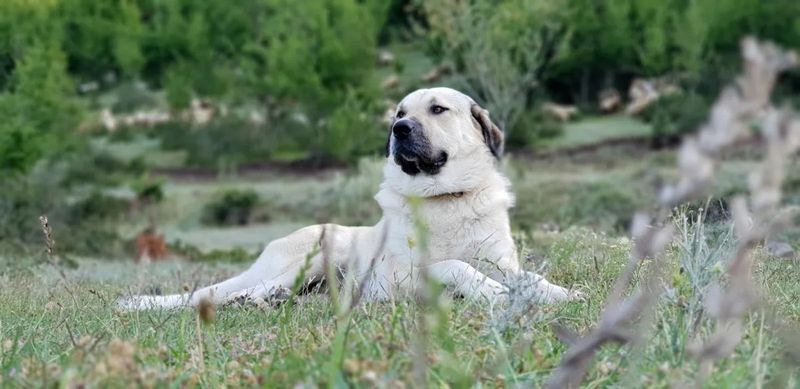
When off duty, Anatolian Shepherds exhibit a calm and low-energy demeanor indoors. Unlike their vigilant outdoor persona, they become relaxed and composed, conserving energy for when it’s truly needed. This dual nature makes them manageable in various settings, balancing their work responsibilities with relaxation. Their ability to shift between an active guardian and a serene companion is part of what makes them unique. Ranchers appreciate this trait, as it allows for an easy transition from the field to the home. This energy balance ensures they remain focused and effective when on the job.
They’re Still Used in Cheetah Conservation in Africa
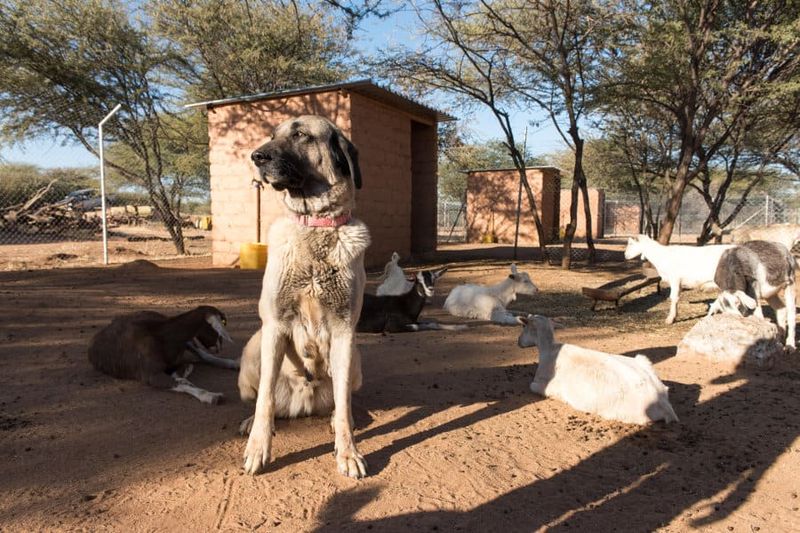
In Africa, Anatolian Shepherds play a crucial role in cheetah conservation efforts. These dogs help reduce farmer-cheetah conflicts by deterring predators without causing harm. Their presence is enough to safeguard livestock, allowing endangered species like cheetahs to survive. This non-lethal approach to predator management has proven successful, benefiting both wildlife and local farming communities. By protecting livestock, these dogs ensure that farmers do not resort to lethal measures against cheetahs. The Anatolian Shepherd’s role in conservation underscores their versatility and their ability to adapt to various environments and challenges.
They’re Not Built for Obedience Trials
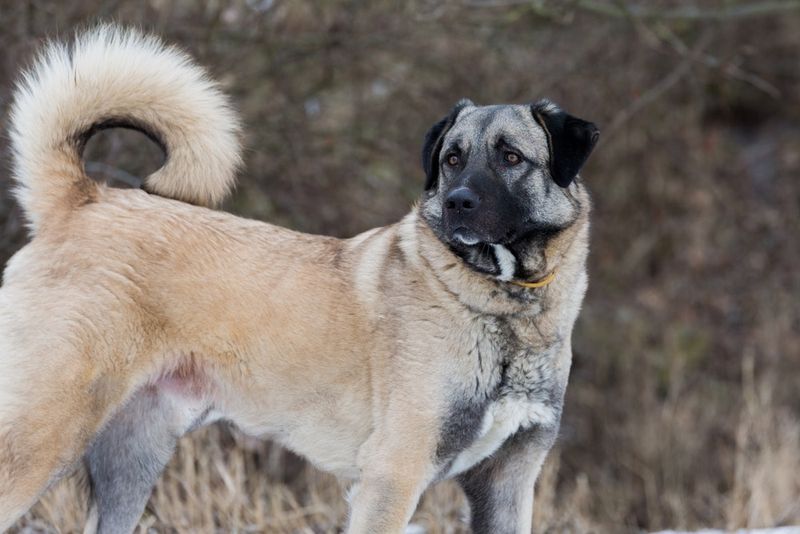
The independent nature of Anatolian Shepherds often comes across as stubbornness, especially in obedience trials. Bred to think on their own, these dogs won’t always follow commands unless they see a purpose. This trait can be misunderstood by those expecting a compliant, obedient pet. However, their self-reliance is a testament to their intelligence and adaptability. While they may not excel in traditional obedience settings, their value lies in their ability to make quick decisions in the field. Their breed’s history emphasizes autonomy, making them unique among working dogs.
Their Thick Coat Adapts to Hot and Cold Climates
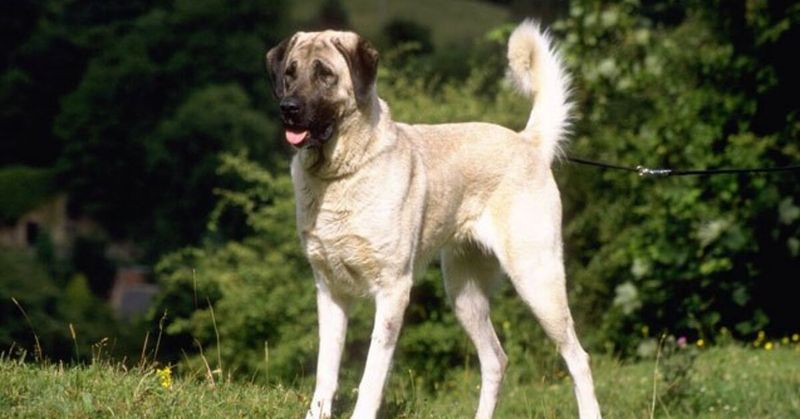
Anatolian Shepherds boast a thick, double-layer coat that adapts to various climates. Whether in snowy mountains or arid deserts, their fur provides insulation against temperature extremes. This adaptability ensures they can perform their duties in diverse environments, protecting livestock without discomfort. Their coat not only offers protection but also enhances their endurance, allowing them to work tirelessly in challenging conditions. This natural adaptation underscores their versatility as guardians. Ranchers in different regions value this trait, knowing their Anatolian Shepherd can handle the local climate with ease and continue to safeguard the herd.
They Mature Slowly—but Live Long for a Large Breed
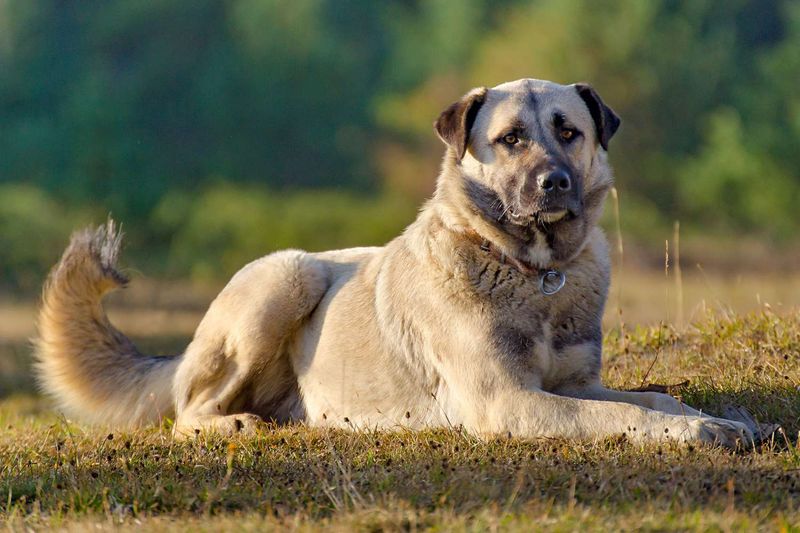
Anatolian Shepherds mature at a slower pace, not fully settling into their role until around 2 or 3 years old. This gradual development allows them to learn and adapt at their own pace. Despite their size, they often enjoy a long lifespan, living between 11 to 13 years. This longevity is above average for large breeds, making them a lasting presence on any farm. Their slow maturation process is balanced by their extended lifespan, providing ranchers with a devoted guardian for many years. This combination of traits makes them a wise choice for those seeking a long-term protector.
They Need Proper Fencing—They Will Roam
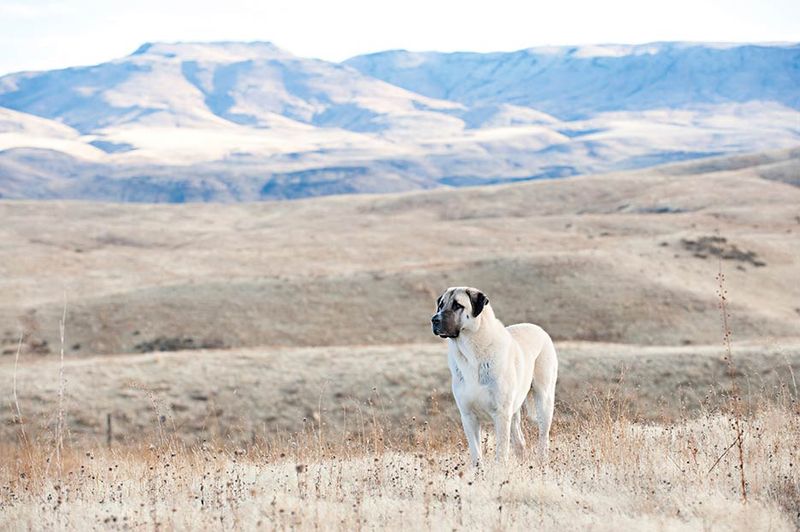
Known for their expansive sense of territory, Anatolian Shepherds need proper fencing to keep them contained. Without clear boundaries, these dogs will roam far beyond their intended area, driven by their instinctual desire to patrol. Strong, sturdy fencing is essential to prevent them from expanding their territory. Ranchers must invest in quality barriers to ensure these guardians remain where they’re needed. Their tendency to roam is part of their natural inclination to protect, but it requires management. With suitable fencing, Anatolian Shepherds can focus their efforts on safeguarding their intended domain.
They Rarely Bark Without Purpose
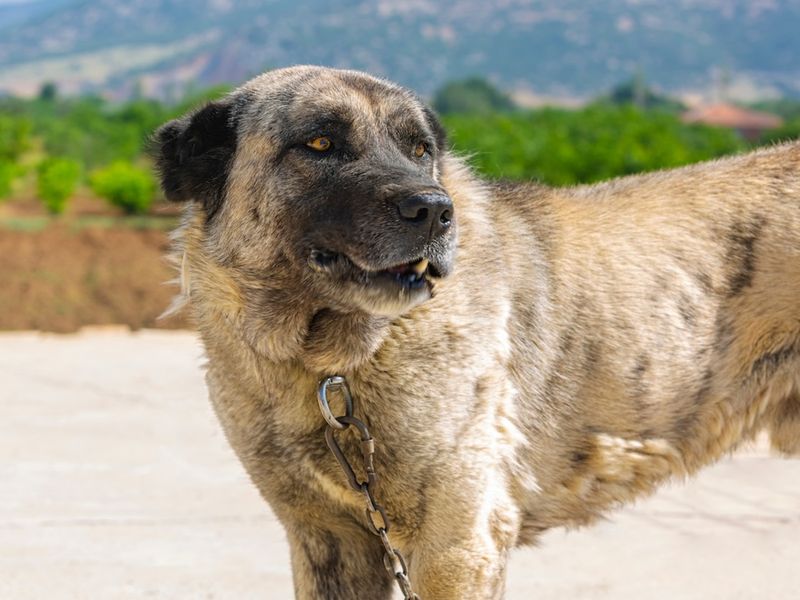
Anatolian Shepherds are strategic in their vocalizations, barking only when necessary. Unlike some guardian breeds that are noisy, these dogs use their bark as a tool to signal real threats. This purposeful communication ensures that when they do bark, it demands attention. Ranchers value this trait, as it minimizes false alarms and directs focus to genuine concerns. Their strategic barking reflects their intelligence and situational awareness, enhancing their role as vigilant protectors. By barking with intent, Anatolian Shepherds keep the herd and handlers informed, providing peace of mind and efficient guardianship.
They Can Form Strong Bonds With Other Guard Dogs
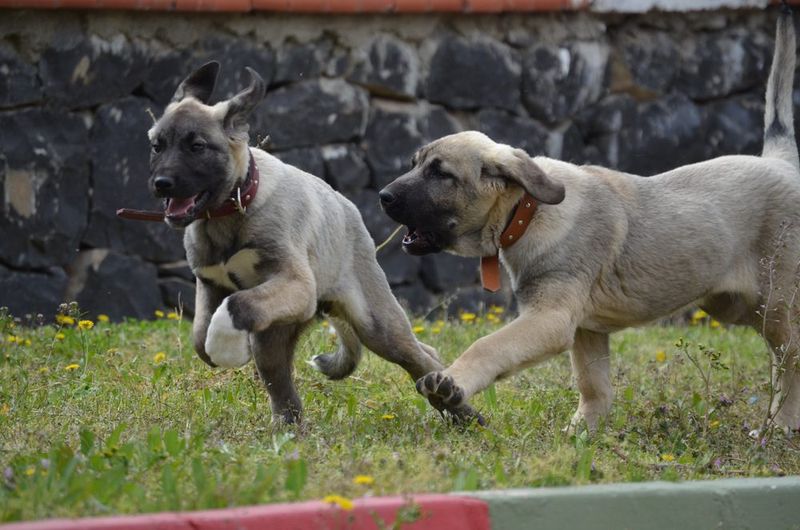
While independent, Anatolian Shepherds can form strong bonds with other guard dogs, enhancing overall protection for the herd. Working in pairs or trios, especially with breeds like Great Pyrenees or Maremmas, they create a cohesive defense team. This collaboration allows for shared responsibilities and increased coverage of large areas. By bonding with fellow guardians, Anatolian Shepherds ensure more efficient management of potential threats, leveraging each dog’s strengths. This communal approach makes them adaptable to various settings, reinforcing their effectiveness. Their ability to collaborate is a testament to their flexible nature and strategic intelligence.

